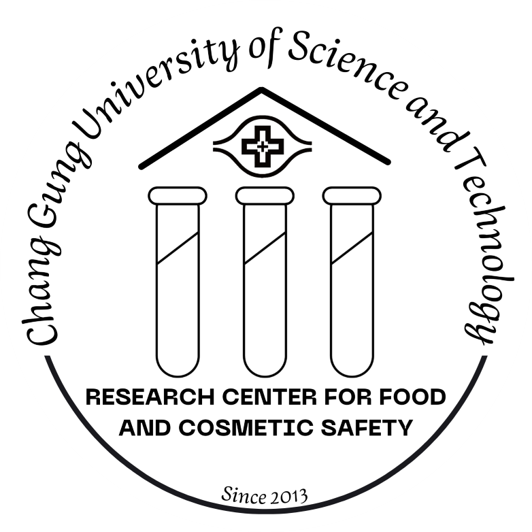Introduction and Monitoring Data on Emerging Contaminants in Food: Per- and Polyfluoroalkyl Substances and Mineral Oil Hydrocarbons
期刊:Chang Gung Journal of Science
Abstract
Emerging pollutants have become a popular topic in food safety, such as per- and polyfluoroalkyl substances (PFAS) and mineral oil hydrocarbons (MOH), which have attracted global attention due to their potential negative impacts on human health. European and American countries have begun monitoring and conducting related studies on these pollutants. PFAS is a persistent organic pollutant (POPs) that is bioaccumulative and commonly found in industrial products such as coatings, foams, and cleaning products. The European Food Safety Authority (EFSA) has established a tolerable weekly intake (TWI) for four PFAS compounds. Most European and American countries have established preliminary regulations for PFAS in drinking water, and the European Union will implement limits on PFAS in food, specifically meat and seafood, starting from 2023. MOH is another pollutant of concern in the European Union. Sources of MOH contamination in the food supply chain may include mineral oil-related storage, packaging, and food processing oils. Monitoring data has shown that cereals, grains, and oil-based products are the highest-risk foods. The development of globalization has made monitoring and managing emerging pollutants more complex. This paper aims to raise awareness of the potential risks of PFAS and MOH in food, urging more food manufacturers and government authorities to prioritize emerging pollutants issues and adopt appropriate supply chain management strategies to respond to the rapidly changing global environment.
Keywords: Per- and polyfluoroalkyl substances (PFAS) ; Persistent organic pollutants (POPs) ; Mineral oil hydrocarbons (MOH) ; Risk analysis
.

